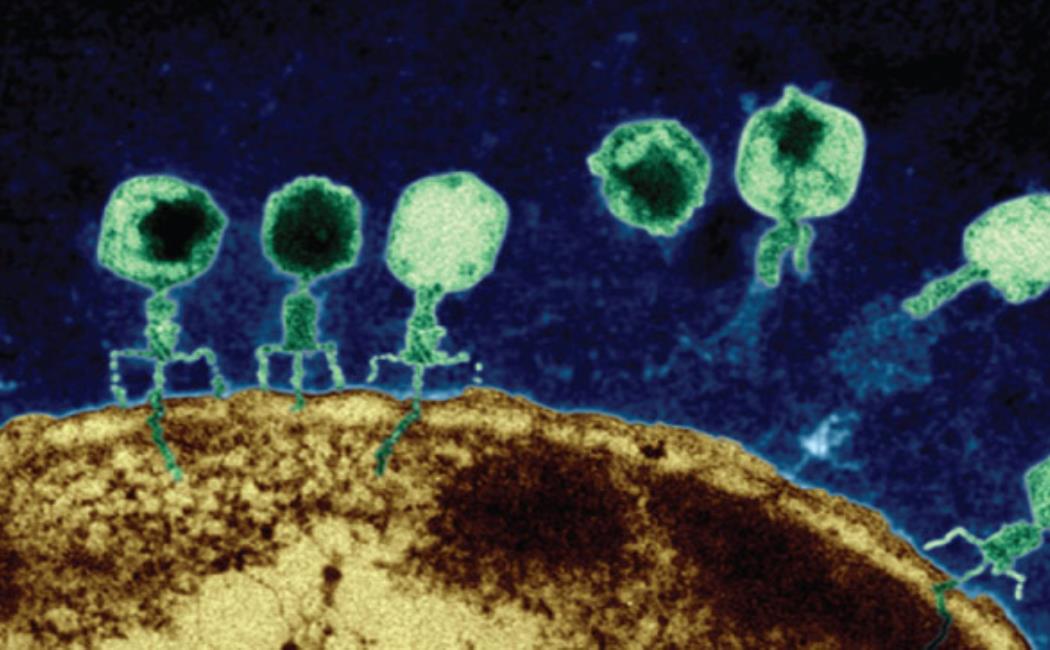
Chemical-free cleaning of bioreactor membranes
28 October, 2021
Clean and energy efficient wastewater treatment plants will form a critical part of future water resource management. Now, researchers at KAUST have demonstrated a chemical-free approach for tackling biofilm buildup on membranes in anaerobic bioreactors. The technique combines two previously trialed methods: UV irradiation and viruses called bacteriophages that infect and kill bacteria.
Anaerobic membrane bioreactors filter wastewater, separating sludge from the liquid component to generate nonpotable water for a range of uses, including for landscaping or agricultural purposes. However, over time, complex communities of bacteria, or biofilms, accumulate on the membranes, reducing efficiency and creating pressure on the filtering system. Traditionally, membranes are removed at regular intervals and cleaned with acids, but scientists are keen to find greener, more efficient ways of resolving biofouling.
Click here to read the full story.
Image: KAUST researchers are exploring the use of bacteriophages, viruses that infect and kill bacteria (pictured above), and UV irradiation to tackle the build up of biofilms on membranes in anaerobic bioreactors.
© Eye of Science / Science Source